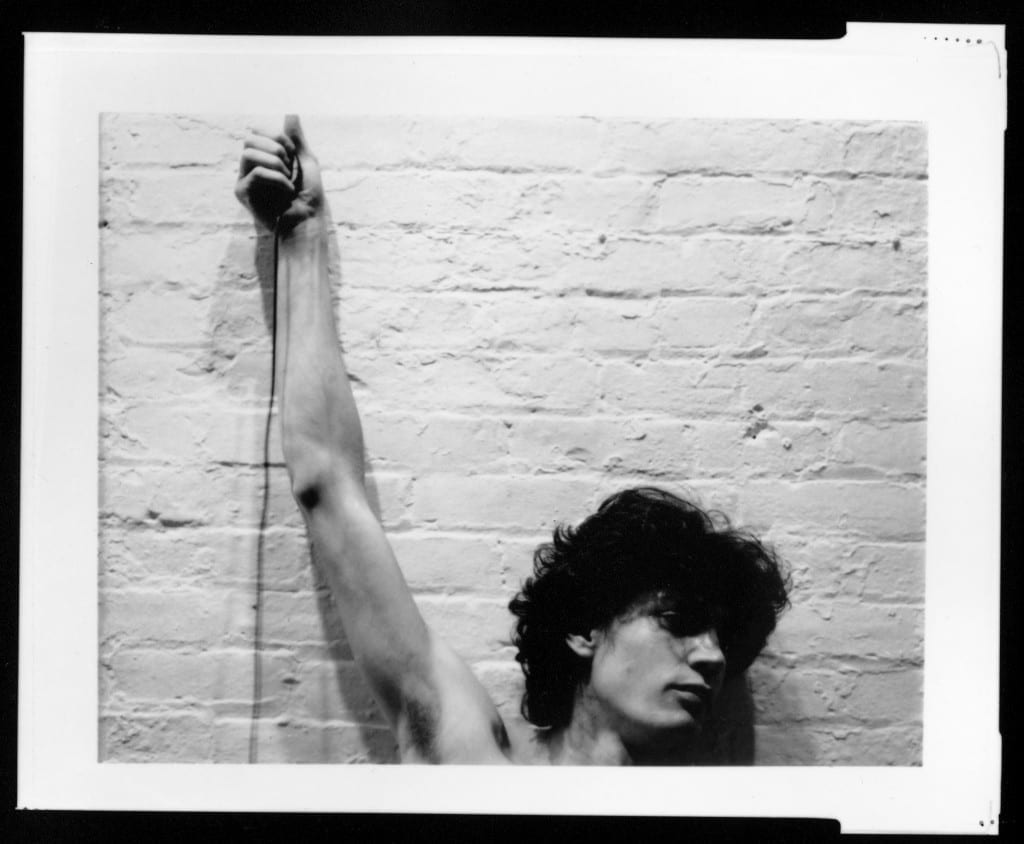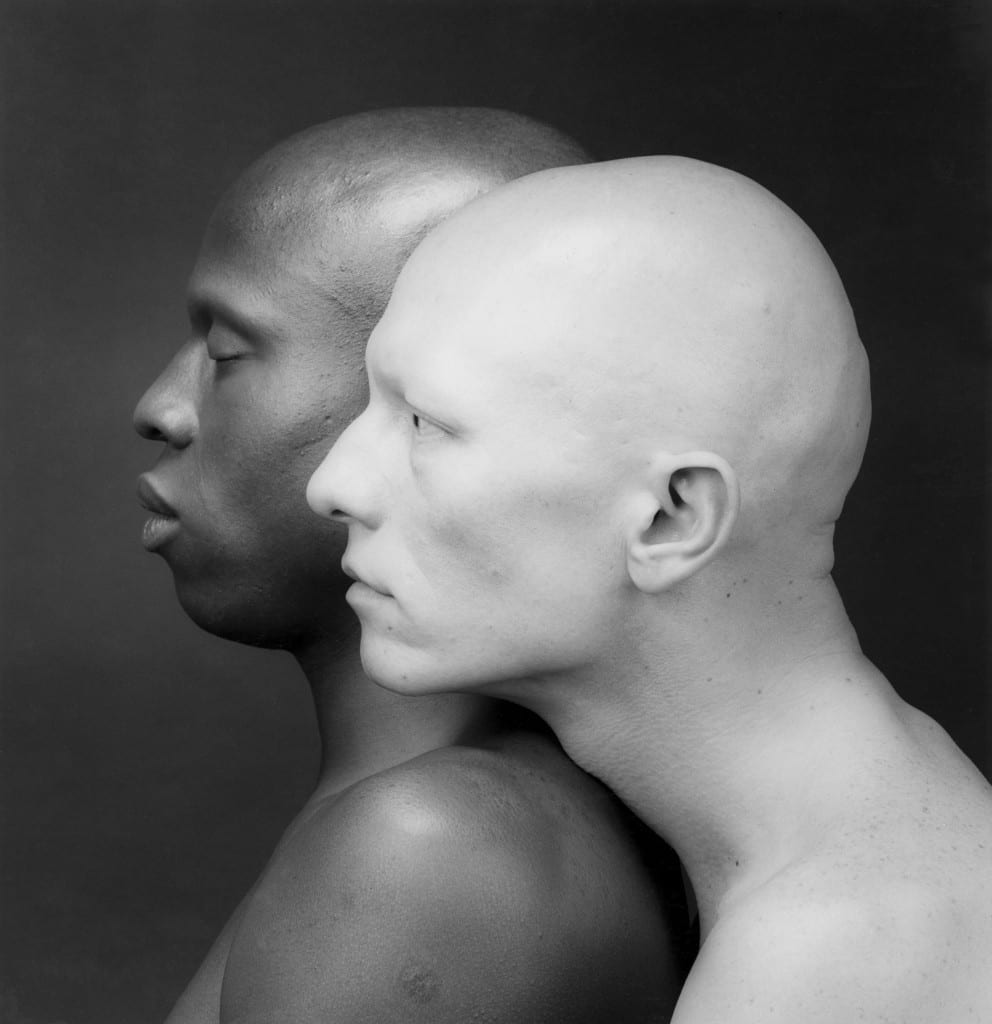“He always said, look at the picture,” says film director Fenton Bailey, jabbing his hands at an invisible print lying on his knees. “It’s not about the fist fucking or the golden shower or the whip. Look at the composition and look at the work.”
Bailey and his directing partner, Randy Barbato recline in two, plush velvet armchairs at The Hospital Club’s Bellini Bar in Covent Garden.
In a few hours, the filmmakers will be walking into the Curzon in Mayfair, for the premier screening of their new documentary, ‘Robert Mapplethorpe: Look at the Pictures’.
The dynamic duo, known for their portfolio of shows with drag queens and divas at their centre, such as the contest RuPaul’s Drag Race, are also the documentarians behind Inside Deep Throat (2005), Angelina: Saint or Sinner? (2005) and In Vogue: The Editor’s Eye (2012) to name but a few.  When the pair were approached by Sheila Nevins from HBO, they were fascinated by her proposal, but did not anticipate the complexity and intense emotional demand of the film that would take two years to make.
When the pair were approached by Sheila Nevins from HBO, they were fascinated by her proposal, but did not anticipate the complexity and intense emotional demand of the film that would take two years to make.
“The making of the film was a total journey for us,” says Barbato. “With most of our films, we have a pretty good idea of our connection to the subject at the beginning of the process. In fact, almost all, with the exception of this one.”
Footage of the hysteria provoked by the controversial and bordering pornographic subjects of Mapplethorpe’s work, brings you in.
After that, we dive into a story of the fierce creativity and ruthless ambition that defined the photographer’s life (Read BJP’s review of the film here).
Authentic anecdotes from friends, family, boyfriends and admirers form the narrative, dovetailed with some 500 photographs. “He left behind a huge amount of work,” says Barbato.
“I mean, thousands. He was incredibly prolific in his short life and had a lot of friends who were journalists who recorded everything.”  There are, in fact, two protagonists in the film; Mapplethorpe and his photography. We often pause on stills of images, so that the viewer may inspect and really look.
There are, in fact, two protagonists in the film; Mapplethorpe and his photography. We often pause on stills of images, so that the viewer may inspect and really look.
“We felt it was really important to show the photography in the most straightforward way possible,” says Bailey. “We really wanted people to see the work. “Over the course of the film, the big reveal was that ultimately he was the work of art and he was the documentarian documenting it. The film was inspired by his work and what he had to say about it and himself.”
A significant amount of time is dedicated to ‘Project X’, a portfolio of some of Mapplethorpe’s most shockingly erotic images although arguably also the most important. We observe from above the perfectly bound album’s pages turning, one by one. In a nod to the photographer’s obsession with perfection and love of symmetry, the fragment is stylishly placed in the middle of the film.
“The ‘X’ portfolio is right at the centre,” says Bailey, momentarily lowering his voice to an excited whisper. “Because Mapplethorpe was like that. And the other secret is that the first image of the film is white, and the last is black. Tricksy little things.”
Hello from the other side: An interview with the directors of the new Mapplethorpe documentary
Pages: 1 2
